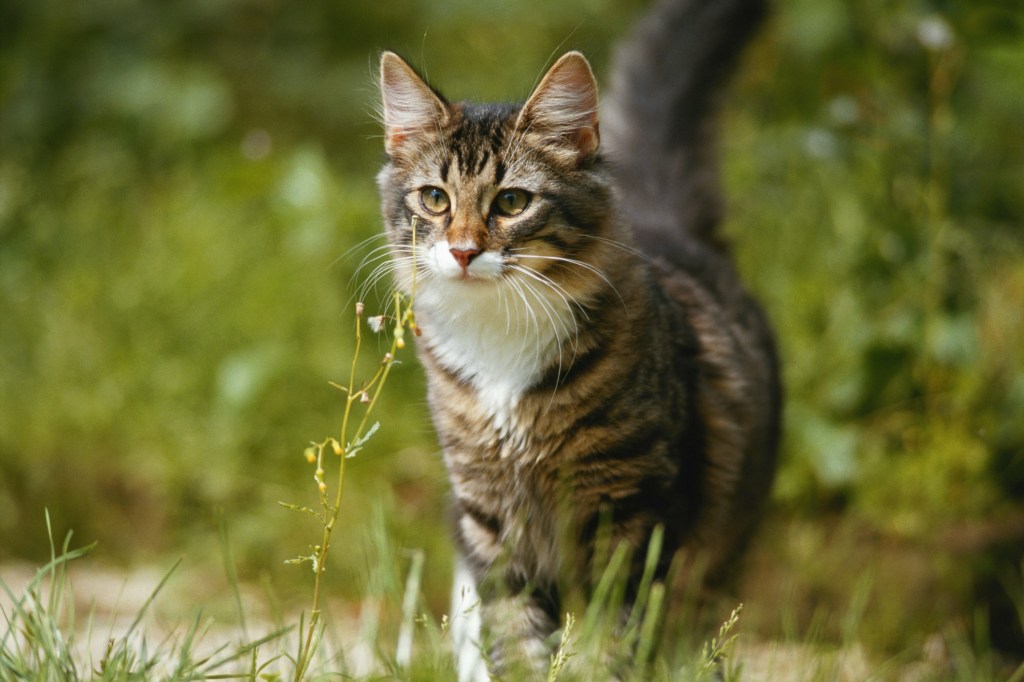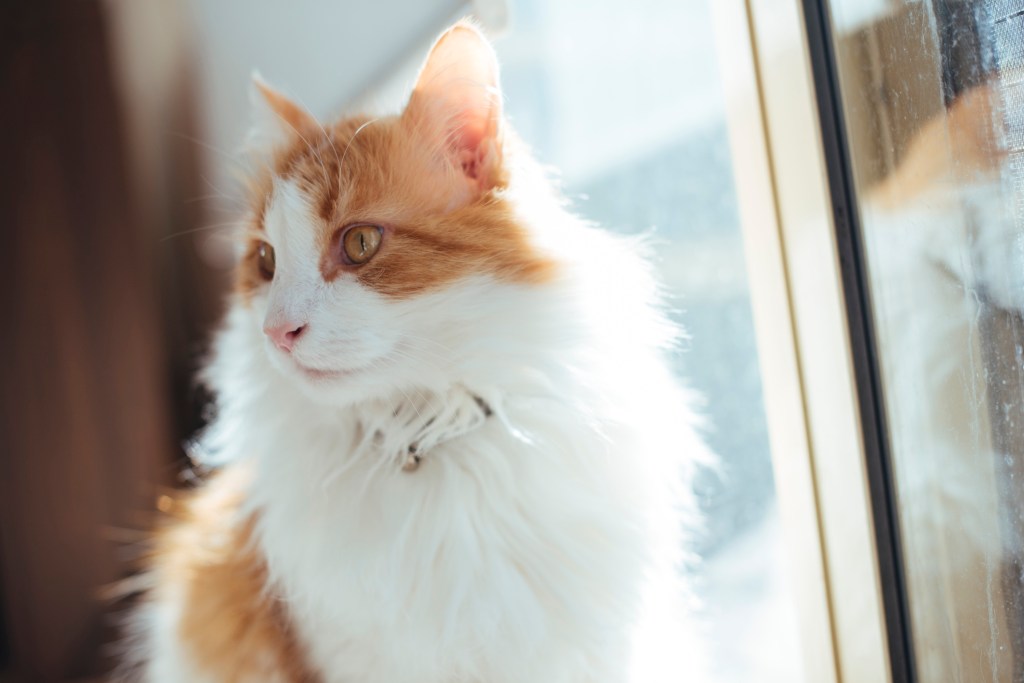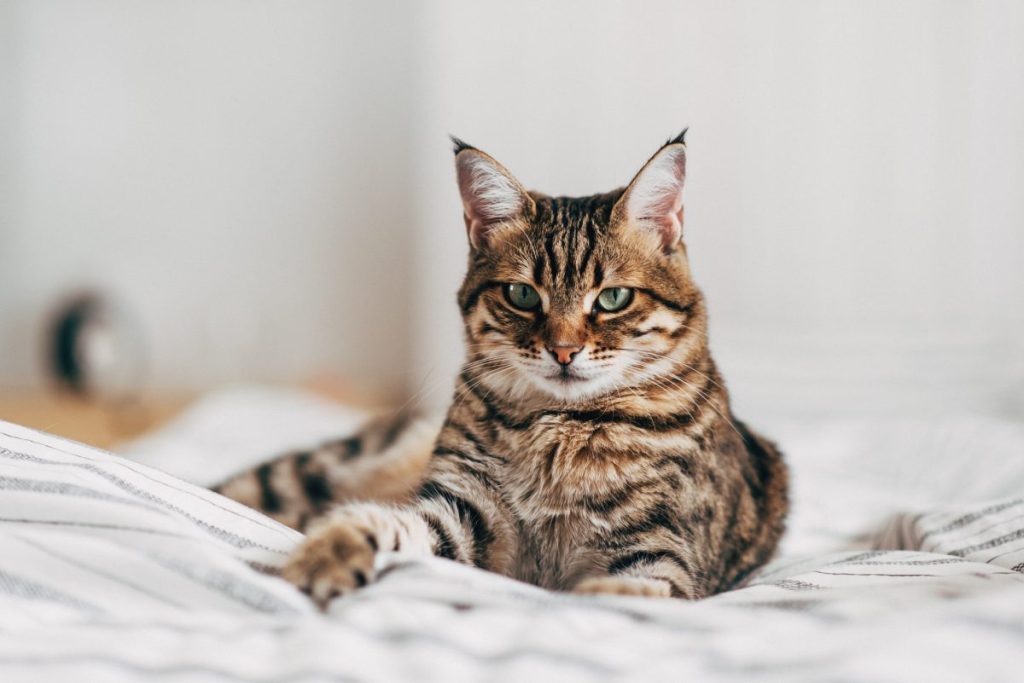Throughout history, felines have had a rather wild and intriguing journey. While one cat species has become domesticated, many others remain wild. Some have become extinct over time, while some continue to inhabit our planet today, needing protection from human activities.
They have a ubiquitous presence in the wilderness of Africa, Europe, Asia, and the Americas, on the digital space of the internet, and even in our own homes. Whether hunting in jungles or amidst house plants, they are a fascinating group of creatures who evoke enchantment, mystery, and, at times, fear — based on their size and ferocity.
The house cat holds the title of the world’s most popular pet, with over 600 million residing alongside humans worldwide. In fact, Cornell University reports that nearly three-quarters of houses in the United States have pets. And although elusive species like the North American lynx may be hard to find, house cats — or even ferals — are found in great numbers in developed areas.
So, let’s explore their various types, including wildcats, tabby cats, and both feral and domesticated felines. We’ll aim to uncover the differences between these groups and gain insight into the evolutionary process of domestication that occurs when certain species coexist closely with Homo sapiens across generations.
The evolutionary journey of cats

The evolutionary journey of cats on Earth is depicted in fossil records and through our inherent imagination. This story continues to unfold today, right within our homes and across various ecosystems worldwide. Felidae — the family of mammals within the Carnivora order — consists of both big and small cats. These animals are often referred to as “felids” and even “felines.” Their characteristics include diverse fur patterns, muscular bodies, and claw and teeth sizes — all illustrating their identity as terrestrial carnivores.
Archeological records suggest the earliest cats originated somewhere between 30 million and 28.5 million years ago — with Proailurus being the oldest known cat. These ancient creatures roamed what we now refer to as Eurasia, with fossil remains discovered in France and Mongolia.
Currently, 36 species of wild cats exist, which include European wildcats, African wildcats (Felis silvestris lybica), lions, tigers, and lynx. There is debate regarding further subspecies classification. However, they differ greatly from house cats (Felis catus) found in our homes today. So, how did we move from these early species to having domesticated cats, and what happened during the period in between?
What is domestication
Domestication is the long-term relationship across generations, wherein one group of organisms gains considerable influence over another group’s reproduction and care, thereby securing a stable source of resources. This process of innovation has greatly shaped our society and is as important as discovering fire and developing language.
While there can be “semi-domesticated” individuals within a certain animal species — such as a pet leopard — this differs from “truly domestic animals” in human society. The latter is an evolutionary process that is visible even at the DNA sequencing level of species and subspecies.
Domestication of cats around the world

The evidence of this process is apparent in the genetic sequencing of modern-day cats. A study conducted in 2007 by Science reveals domestic cats worldwide carry variations in their genome sequences. These variations are evidence of their domestication history and breed evolution, mainly happening in the Near East. It is believed this occurred at the same time as early human settlements engaged in farming in the Middle East. Today, regardless of their location, most cats are likely to be offsprings of the five “founder” felines from this region.
The debate regarding the domestication of cats has been highly disputed for a long time. However, advances in science and the ability to study the cat genome have resolved this issue. It’s now evident all domestic cats — or house cats — have descended from Felis silvestris lybica.
This establishes that the connection between humans and semi-domesticated cats dates back to more than 10,000 years ago. It’s particularly fascinating to consider that house cats contribute minimally to human survival — a fact that has perplexed evolutionary biologists and sociologists for years.
Furthermore, evidence suggests a particular species of cat may have been domesticated simultaneously on the Asian continent. The presence of cat remains in China could possibly suggest the existence of a domesticated leopard species. This domestication is believed to have happened separately from that of the Fertile Crescent, which later got sped up in Ancient Egypt. However, researchers have not found any proof linking present-day house cats to leopards, so the species may not have survived.
Have cats domesticated themselves
Here’s a fascinating fact that might not surprise cat owners: there’s proof indicating cats, in a way, domesticated themselves. Based on various research findings, scholars propose the theory that cats, in effect, made themselves a part of human communities approximately 10,000 years ago. They were likely drawn by the mice attracted to grain stores and leftover food scraps nearby.
Naturally, this leads to a rather interesting question: did cats, in fact, domesticate humans? It’s an amusing thought to consider. Regardless, there’s no denying humans and felines have coexisted domestically for quite a long period of time.
Research suggests a shift in the practice of domesticating cats over the past 200 years has unfortunately had negative impacts on their health. Most of today’s house cats are mainly kept indoors, neutered, and strictly bred for certain characteristics. A 2018 Danish study indicates a substantial increase in the prevalence of diseases among purebred cats.
The same research also found that neutered cats tend to exhibit behavioral disorders more often. Summing up, it seems that our present methods of breeding cats no longer serve the animals’ best interests, but rather worsen their welfare conditions.
Are cats today wild or domesticated

Depending on the species and their historical interaction with humans, some cats may be wild, and some domesticated. A few individuals might even fantasize about owning a pet tiger or leopard, however, these animals aren’t domesticated. In most cases, it’s incredibly cruel to confine these majestic creatures to captivity. The Western world got a fascinating, yet somewhat disturbing insight into this subject through the documentary series “Tiger King,” which went viral during the early phase of the COVID-19 pandemic.
Moreover, if you’re considering bringing a feline into your life, you have a vast variety of house cats to choose from. Around 42 cat breeds are recognized by veterinarians. Cat owners enjoy a variety of personality traits, whether it’s the calming purr, the distinctive “M” on a tabby cat’s forehead, or their knack for hunting and killing pests, to mention a few.
That being said, house cats represent a major business with the most expensive breed being the Ashera cat. This breed is a unique genetic mix of domestic and wild cats and can cost up to $125,000. The costs do not end at purchase — pet care also involves a significant financial commitment.
During the pandemic, the pet industry, in particular, experienced a considerable surge, with the rich members of society spending more time at home with their pets. In 2020 alone, this industry exceeded a staggering 100 billion dollars — taking into account costs like food and vet appointments.
Additionally, feral cats are quite common. These are domesticated felines who aren’t owned and avoid human interaction. Feral cats can pose a significant problem for city planners, with their populations going up in some parts of the world. They can cause major issues by carrying diseases and potentially threatening local bird populations.
The ongoing journey of humans and felines
Cats and humans share a lengthy history marked by intriguing chapters, twists, and turns. This journey continues to unfold in our modern era. As we move toward the future, we must make choices that will determine not only our fate as a species but also the destiny of these marvelous cats and countless other organisms. The existence of these creatures delicately depends on our human capacity for change and restoration.




